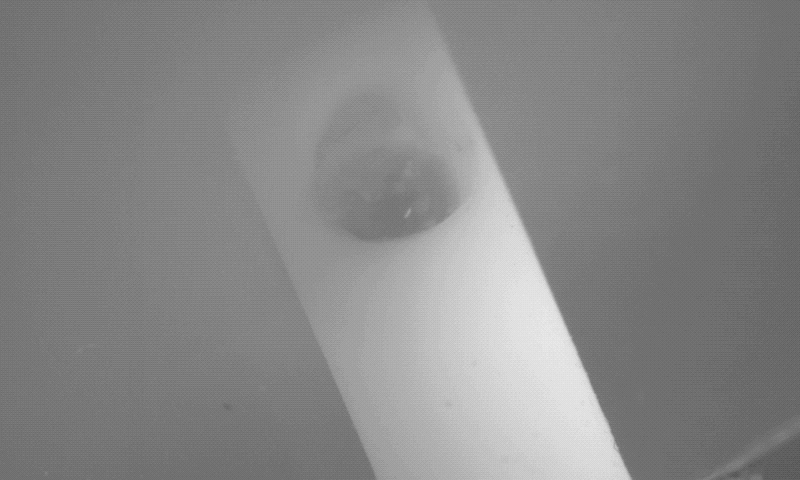Researchers at Purdue University recently developed a magnetically-controlled, self-clearing catheter to remove brain hemorrhages caused by stroke.
The microrobot-enabled catheter removes blood accumulating in the brain during a stroke.
“This innovation is a real advance in the care of strokes, which are notoriously difficult to treat,” Hugh Lee, a Purdue University associate professor in the Weldon School of Biomedical Engineering, said in a news release.
Currently, the gold standard method for treating strokes is a blood thinner called a tissue plasminogen activator that cannot be used for some hemorrhagic strokes.
“Patients with brain hemorrhages have a mortality rate of up to 50%,” said Dr. Albert Lee, a researcher on the study. “Currently there is no great therapeutic solution for intraventricular hemorrhage. The only other option is blood clot-dissolving drugs that have undesirable risks.”
Purdue researchers tested the catheter on porcine models of hemorrhage and was shown to be 86% effective in animal models. Microrobots successfully removed the blood in six of the seven animals in the treatment animal model, according to the researchers. The study was published in the Nature Communications journal.
“There is no need for an implanted power source or complicated integrated circuit,” Lee said. “As you change the direction of the magnetic field, the microdevice moves like a compass needle with a magnet nearby. They can be part of an implantable shunt system or a part of extraventricular drainage systems.”

A magnetically controlled microdevice developed by Purdue University researchers removes a clot from the brain. [Image courtesy of Purdue University]